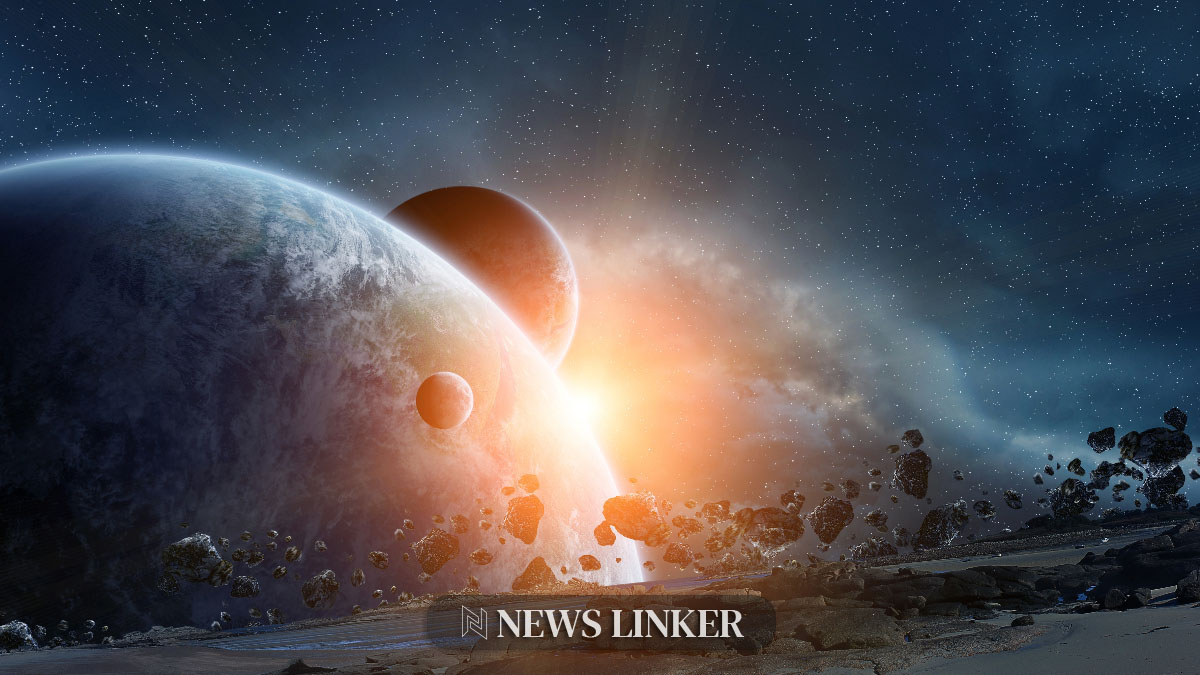In a striking display of celestial synchronicity, NASA‘s Lunar Reconnaissance Orbiter (LRO) captured a unique image of the Earth during the recent solar eclipse. As observers on the ground experienced the awe of darkness at midday, the LRO, situated about 223,000 miles from Earth, secured a snapshot that not only captivated viewers but also contributed valuable data for ongoing lunar research. This event underscores the continuous efforts to better understand our closest celestial neighbor in preparation for future manned missions.
The LRO’s role in lunar exploration has been pivotal since its launch in 2009. Over the years, the orbiter has provided detailed mappings of the moon’s surface, offering insights critical for the planning of future moonwalks and potential lunar bases. These efforts align with NASA’s wider agenda of returning humans to the Moon and establishing a sustainable presence there, which promises to foster a new era of space exploration and technological advancements.
Enhanced Imaging Capabilities
The LRO employs a sophisticated camera suite consisting of two Narrow Angle Cameras and one Wide Angle Camera. This setup allows for high-resolution imaging essential for topographical studies, crucial in selecting landing sites for future missions. The recent eclipse provided a unique opportunity for the LRO to demonstrate its rapid rotational imaging capabilities, capturing the Earth’s shadow as it passed over specific geographic regions.
Scientific Contributions and Future Missions
Managed by NASA’s Goddard Space Flight Center, the LRO has been instrumental in numerous discoveries about the Moon’s water ice, surface conditions, and environmental hazards. Data from the LRO informs NASA’s Artemis program, which aims to land the next man and the first woman on the Moon by the mid-2020s, laying the groundwork for a sustained human presence.
Related Developments in Lunar Exploration
Exploring further into lunar-related advancements, ‘Space.com’ in their article “Lunar Satellite Discovers Water Ice in Moon’s Polar Regions” and ‘Scientific American’ discussing “Long-Term Habitats on the Moon: Overcoming Technological Challenges” both highlight the broader context of current lunar missions. These articles emphasize the importance of the LRO’s discoveries in identifying essential resources and addressing challenges that future lunar habitats must overcome to support human life.
Useful Information
- LRO’s imaging technology is crucial for future lunar landings.
- Data from LRO assists in planning sustainable lunar bases.
- Eclipse imagery provides useful data for understanding Earth’s geology.
The recent solar eclipse was not just a treat for sky-watchers but also a significant moment for lunar research. The photographs taken by LRO during the eclipse go beyond their aesthetic value, serving as a tool for scientists to further decode the Moon’s mysteries. This event highlighted the interconnections between celestial events and space exploration, reinforcing the importance of such missions in expanding our knowledge not just about the Moon, but also about Earth itself. As NASA continues to harness technology and data from missions like LRO, the dream of revisiting the Moon inches closer to reality, potentially unlocking new frontiers in space exploration for future generations.










